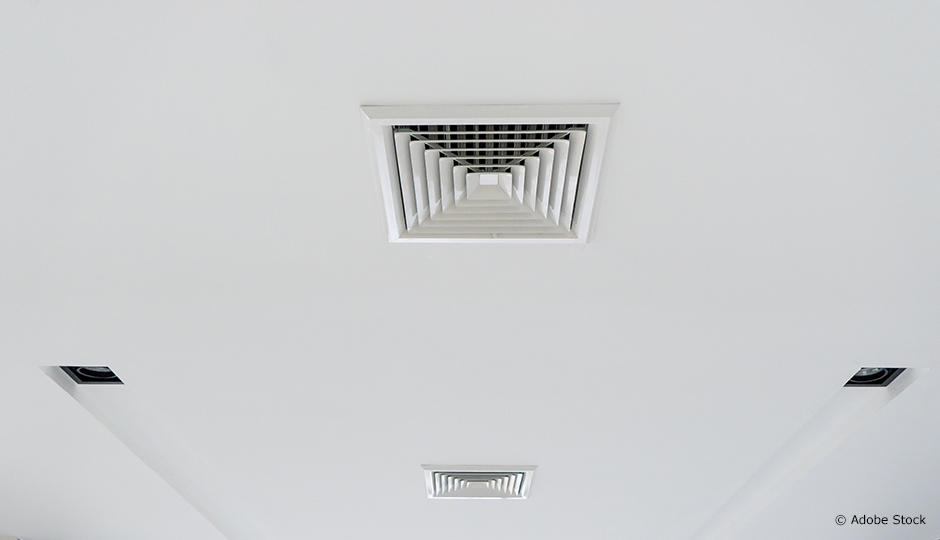
Caroline Duchaine, director of the Laboratoire de recherche sur les bioaérosols at the Québec Heart and Lung Institute and professor in the Department of Biochemistry, Microbiology and Bioinformatics at Université Laval, has confirmed that, contrary to what some may think, ventilation systems do not spread coronavirus. In fact, it’s quite the opposite: having good ventilation flushes out the COVID-19 virus from buildings and systems equipped with filters stop it from circulating.
Optimizing ventilation systems and avoiding recirculation are essential to control infections indoors.
The science is clear: optimizing ventilation systems and avoiding recirculation are essential to control infections indoors. The researcher found low concentrations of coronavirus in well-ventilated hospital rooms and is currently working to identify its presence in poorly ventilated environments.
But once the virus enters the air, how long does it remain contagious? When a person who is infected coughs, sneezes or spits, droplets that carry the virus quickly fall on the ground, someone else or a nearby surface. This is the very reason why government officials recommend two-metre distancing. When the droplets don’t encounter any obstacles, they turn into microdroplets and then into bioaerosols that may stay suspended in the air and set on surfaces located far away from the infected person.
Experts believe that only a very small fraction of the virus remains active in these bioaerosols and have yet to determine the main pathway for viral entry. Indeed, the nose may be the first area affected, before the mouth, eyes and lungs. While research is progressing very rapidly, there is still much left to understand about coronavirus. To what distance is it infectious? Can it exit a patient’s hospital room? Caroline Duchaine affirms that patience is key, since we still haven’t found all the routes of transmission of many other viruses on which researchers have been focused for the past 25 or 30 years!
Note: Caroline Duchaine was recently awarded a tier 1 research chair in bioaerosols.
